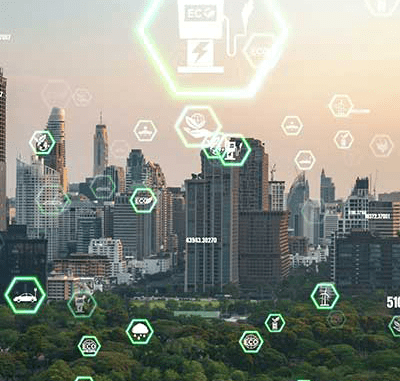Aamir Zaman
Alliance for an Energy Efficient Economy (AEEE),
New Delhi, India
Corresponding Author: aamir@aeee.in
Gaurav Agarwal
Alliance for an Energy Efficient Economy (AEEE),
New Delhi, India
Cite this article
Highlights
- The cold-chain infrastructure in India is anticipated to expand dramatically over the next few years, increasing the cooling demand and corresponding energy consumption.
- It uses cutting-edge technology to keep temperature regulation at a precise level. Assessing current technologies and encouraging efficient technology is crucial to lowering energy demand.
- The findings from the study will be helpful to government agencies involved in developing the cold-chain sector. Technology providers, researchers, and cold-chain owners will benefit by understanding the technologies present in the sector.
Abstract
There is a growing need for the cold-chain sector due to the demand for fresh and frozen products. With the increase in growth of the cold chain sector, the related energy consumption will increase, and to address the issue, emphasis needs to be given to energy-efficient and clean energy technologies. By utilizing these methods, expenses can be decreased, increasing the cold-chain industry’s profitability and sustainability. The authors aim to identify the available technologies and focus on adopting efficient technologies to improve the cold chain’s efficiency, reduce costs, and ensure product quality and safety in the cold-chain sector by reviewing relevant literature, stakeholder consultation, and case studies.
References
- “Department of Agriculture & Farmers Welfare | MoA & FW | Government of India, India,” 2022. https://agricoop.nic.in/en/StatHortEst#gsc.tab=0
- “Market Vulnerabilities and Potential of Horticulture Crop in India,” Rural Pulse, 2021.
- “All India Report on Number and Area of Operational Holdings,” Agriculture Census 2015-16, 2019.
- S. N. Jha, R. K. Vishwakarma, T. Ahmad, A. Rai, and A. K. Dixit AK, “Report on assessment of quantitative harvest and post-harvest losses of major crops and commodities in India.” ICARAll India Coordinated Research Project on Post-Harvest Technology, ICAR-CIPHET, 2015, doi: 10.13140/RG.2.1.3024.3924.
- “INDIA COOLING ACTION PLAN,” 2019.
- “Pre-cooling of Agricultural Products – energypedia.” https://energypedia.info/wiki/Precooling_of_Agricultural_Products#cite_ref-National_Horticulture_Board.2C_2010_1-0
- “Cold Chain Energy Efficiency in India- Analysis of Energy Efficiency Opportunities in Packhouses.” Alliance for an Energy Efficient Economy, New Delhi. https://aeee.in/our-publications/cold-chain-energy-efficiency-in-india/

 Bishal Thapa
Bishal Thapa





 Fred Sherman
Fred Sherman Sumedha Malaviya
Sumedha Malaviya Satish Kumar
Satish Kumar












 The three main global energy concerns of providing access to modern energy, enhancing the security of the energy supply, and minimising the impact of energy systems on the climate have an impact on both national and international energy governance. To develop solutions that address the many facets of these difficulties, however, a variety of actors and stakeholders must be included due to the complexity of the energy challenges.
The three main global energy concerns of providing access to modern energy, enhancing the security of the energy supply, and minimising the impact of energy systems on the climate have an impact on both national and international energy governance. To develop solutions that address the many facets of these difficulties, however, a variety of actors and stakeholders must be included due to the complexity of the energy challenges. Cities are responsible for more than 70% of the world’s energy consumption and 40% to 50% of its greenhouse gas emissions. Managing increasing urbanisation is a challenge, and nations must deal with the effects it will have on the environment in terms of energy and climate.
Cities are responsible for more than 70% of the world’s energy consumption and 40% to 50% of its greenhouse gas emissions. Managing increasing urbanisation is a challenge, and nations must deal with the effects it will have on the environment in terms of energy and climate. Our transition to a future with lower carbon emissions depends heavily on buildings. They are our places of residence, rest, and employment; they also account for around one-third of the world’s greenhouse gas emissions and nearly 40% of the world’s energy usage.
Our transition to a future with lower carbon emissions depends heavily on buildings. They are our places of residence, rest, and employment; they also account for around one-third of the world’s greenhouse gas emissions and nearly 40% of the world’s energy usage.